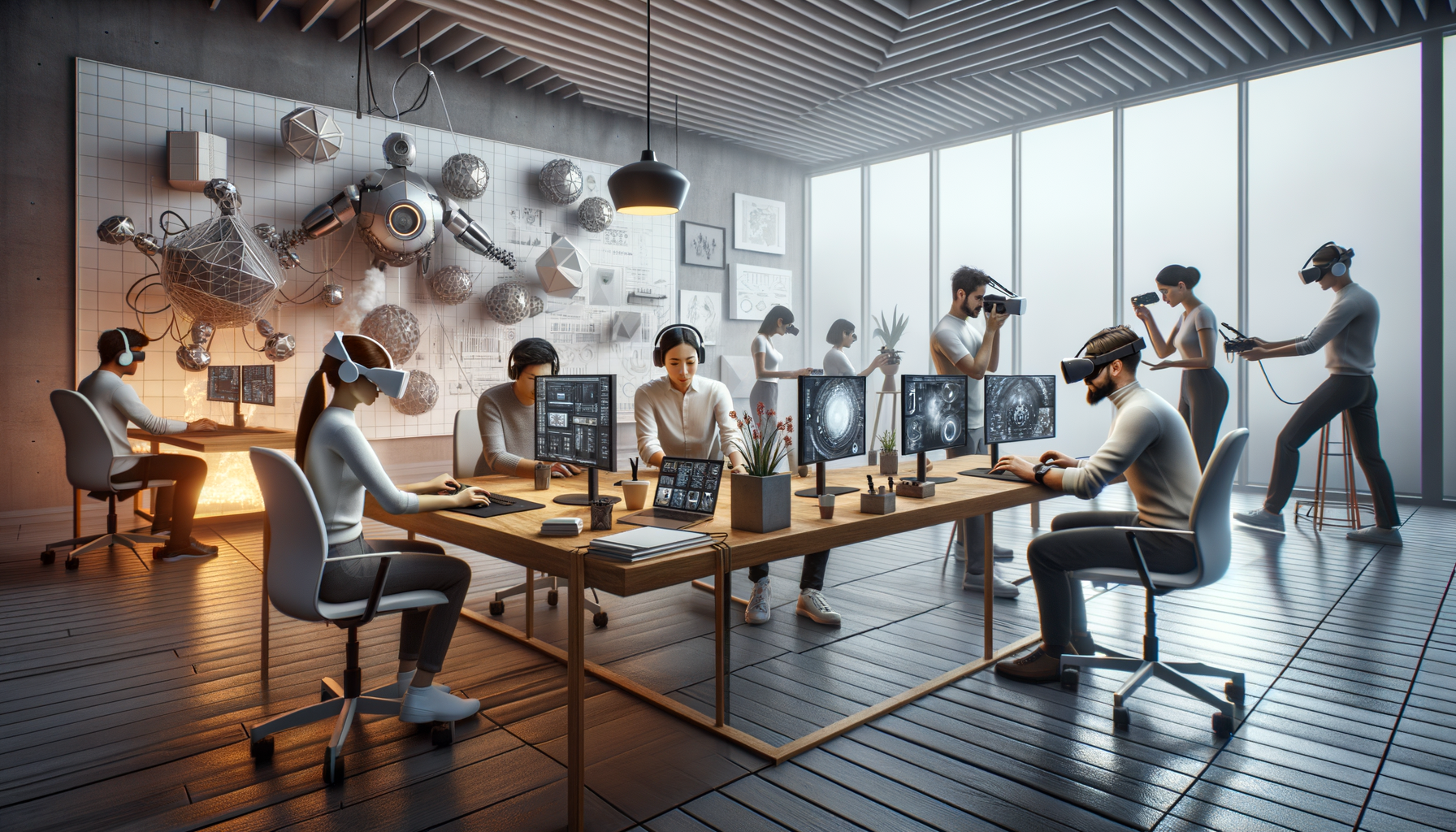Overview of Real-Time Ray Tracing in VR
Ray tracing is a rendering technique that simulates how light interacts with objects to produce highly realistic images. Unlike traditional rasterization, which approximates lighting, ray tracing calculates the path of light rays as they bounce off surfaces.
In the context of virtual reality (VR), ray tracing can significantly improve immersion by providing lifelike lighting and shadows. However, the computational demands of ray tracing are substantial, making it challenging to implement in real-time applications. Advances in hardware and software are gradually making real-time ray tracing more feasible for VR experiences.
Challenges in Implementing Ray Tracing in VR
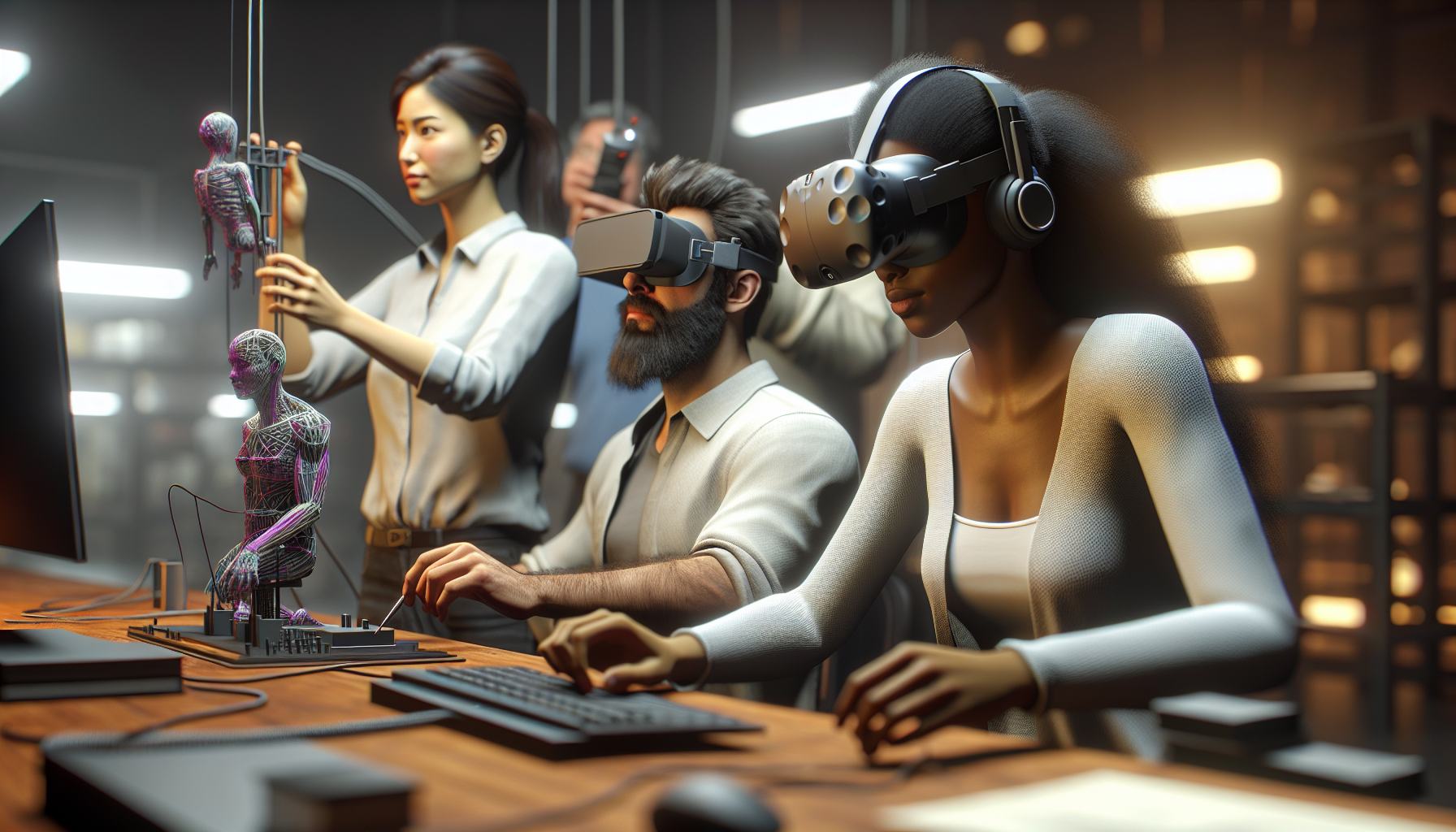
Implementing ray tracing in VR poses significant challenges:
- Performance Bottlenecks: Ray tracing demands heavy computational power, often straining even high-end GPUs. Maintaining smooth VR experiences requires high frame rates, which can be difficult to achieve. Deferred shading, though enhancing lighting realism, can lead to crashes and performance drops, necessitating careful balancing by developers.
- Optimization Techniques: Developers must employ optimization techniques to tackle performance issues. Strategies like reducing draw calls, using instanced meshes, and minimizing active lights are crucial. Foveated rendering, which focuses rendering on the user’s gaze, and emissive lighting can alleviate computational load, but developers must experiment to find the right balance for each VR project.
- Hardware Limitations: Despite GPU advancements, hardware constraints persist. Even top-tier GPUs like the RTX 3090 can struggle in complex VR environments. Developers must consider target audience hardware, potentially limiting ray tracing to specific configurations or offering adjustable settings. Customization options ensure accessibility while leveraging ray tracing benefits.
Steps to Implement Ray Tracing in VR
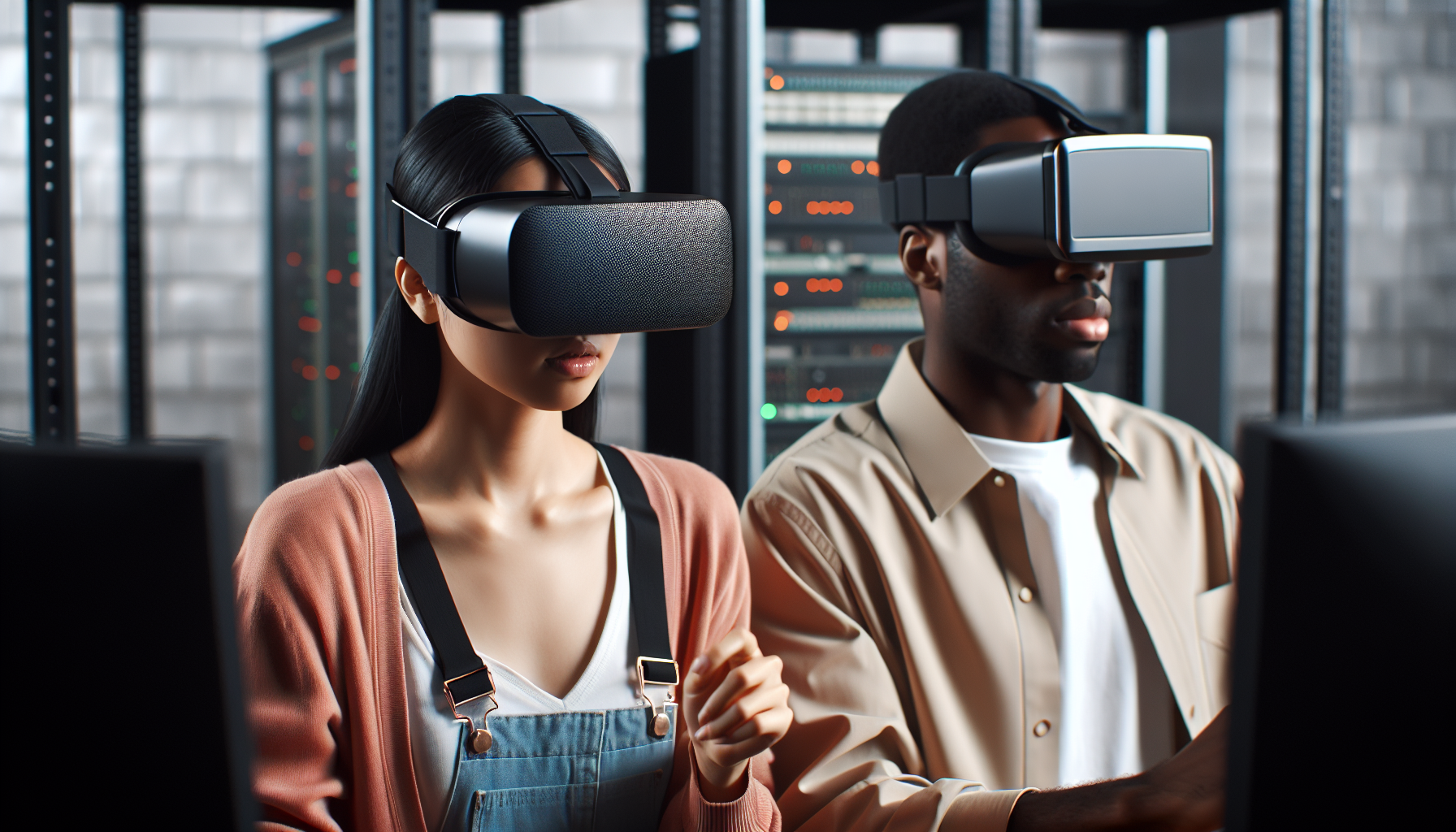
Implementing ray tracing in VR involves several key steps:
- Select the Engine: Choose a game engine like Unreal Engine or Unity that supports ray tracing, based on project requirements.
- Familiarize and Optimize: Once the engine is chosen, delve into its ray tracing features and optimization methods. Reduce draw calls, use instanced meshes, and minimize active lights for optimal performance. Explore techniques like foveated rendering and emissive lighting.
- Consider Hardware Constraints: Keep in mind the hardware limitations of the target audience. Offer adjustable settings and optimize for various hardware configurations to ensure accessibility while leveraging ray tracing benefits.
- Test and Refine: Conduct thorough testing to identify performance issues and areas for improvement. Utilize profiling tools, gather user feedback, and experiment with different optimization techniques to refine the VR experience iteratively.
FAQs
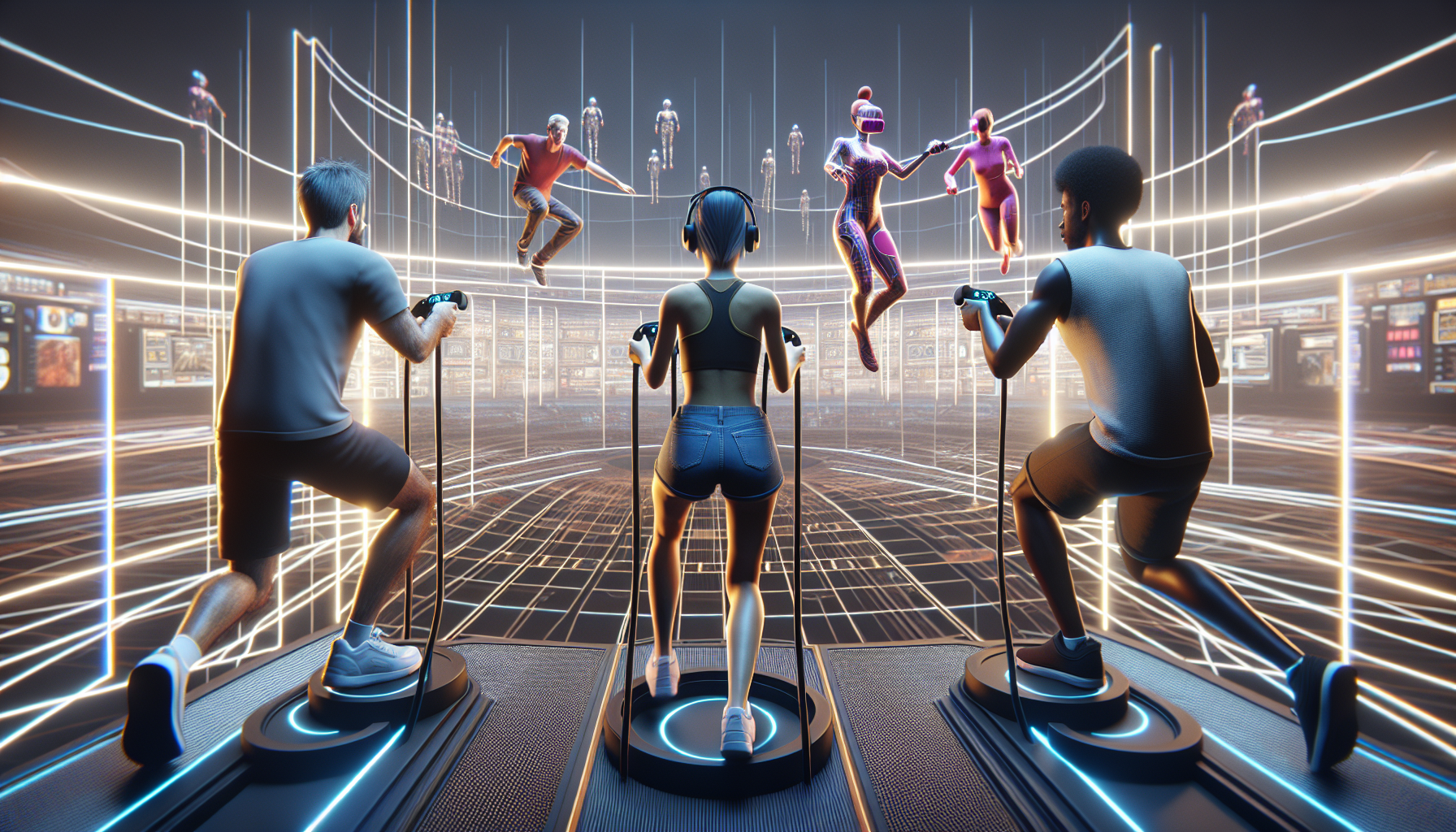
What hardware is required for ray tracing in VR?
Ray tracing in VR requires powerful hardware, particularly high-end GPUs like the NVIDIA RTX series. These GPUs are designed to handle the computational demands of ray tracing, but achieving consistent performance can still be challenging. Developers should consider the hardware limitations of their target audience and provide adjustable settings to accommodate different configurations.
In addition to a powerful GPU, a fast CPU, and sufficient RAM are also important for maintaining performance in VR applications with ray tracing. Ensuring that the entire system is optimized for high-performance computing can help achieve the best results.
How can I optimize my VR application for ray tracing?
Optimizing a VR application for ray tracing involves several techniques. Reducing draw calls, using instanced meshes, and minimizing the number of active lights are crucial steps. Techniques like foveated rendering and emissive lighting can also help improve performance.
Additionally, developers should conduct extensive testing and iteration to identify performance bottlenecks and areas for improvement. Using profiling tools and gathering feedback from users can help refine the application and ensure a smooth and immersive experience.
Are there any existing VR games that use ray tracing?
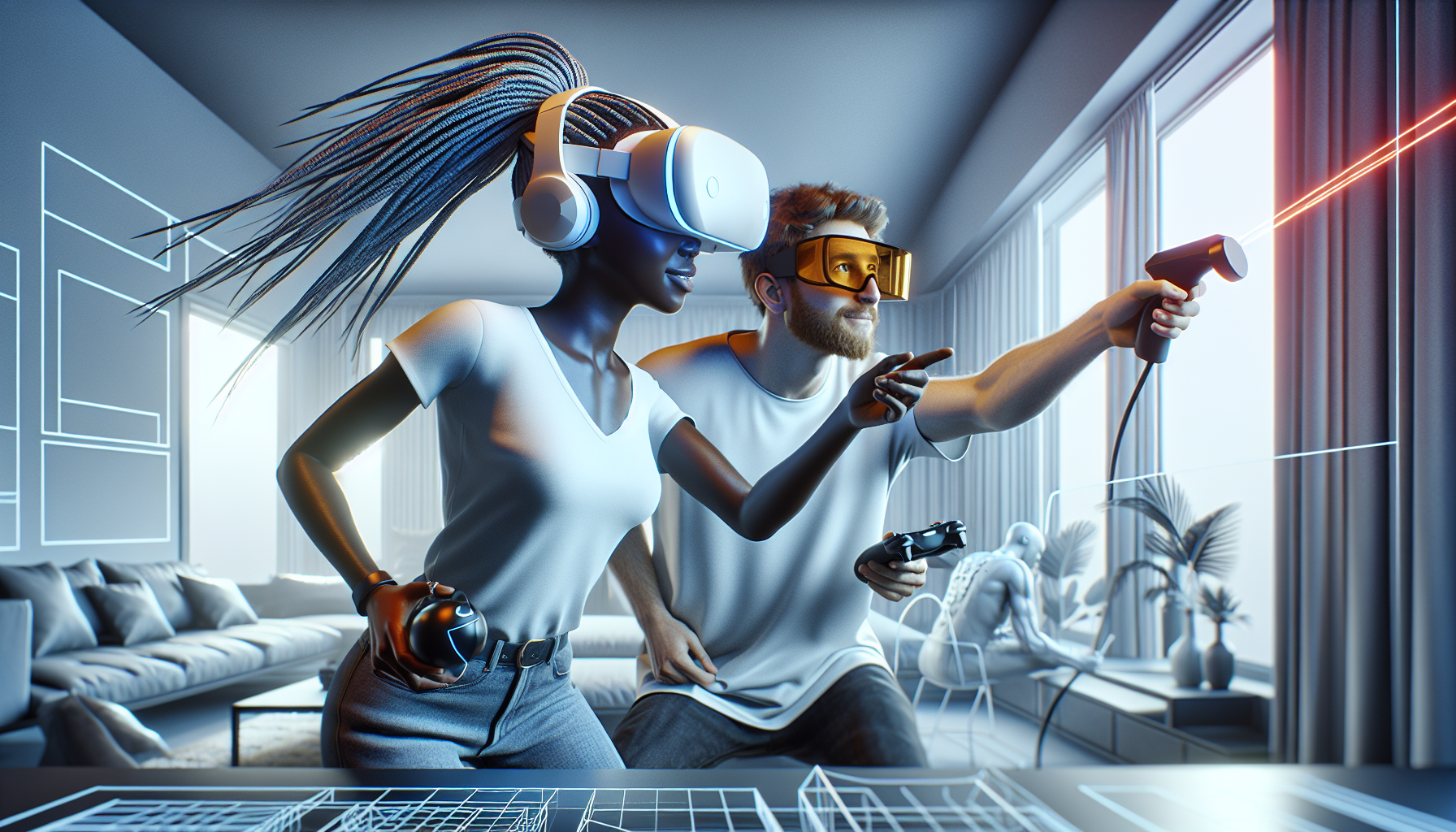
As of now, there are only a few VR games that use ray tracing due to the high computational demands. However, some developers are experimenting with ray tracing in VR, and more games are expected to adopt this technology as hardware and software continue to improve.
Developers interested in exploring ray tracing in VR can look for examples and resources in game development communities and forums. Participating in these communities can provide valuable insights and support for implementing ray tracing in VR projects.
What are the benefits of ray tracing in VR?
Ray tracing can significantly enhance the visual fidelity of VR applications by providing more accurate lighting, reflections, and shadows. This can create more immersive and believable virtual environments, improving the overall user experience.
Despite the challenges of implementing ray tracing in VR, the potential benefits make it a worthwhile pursuit for many developers. By carefully balancing visual quality with performance, developers can create compelling VR experiences that take full advantage of ray tracing technology.
More Information
- Is there any ray tracing support in VR?: A discussion on the current state of ray tracing support in VR.
- VR Project with Ray Tracing or Lumen: Insights and experiences from developers working on VR projects with ray tracing in Unreal Engine.
- VR + Ray Tracing?: A discussion on the feasibility and performance of ray tracing in VR gaming.
- Raytracing is perfect for VR: A discussion on the potential benefits and challenges of ray tracing in VR.
Disclaimer
This is an AI-generated article with educative purposes and doesn’t intend to give advice or recommend its implementation. The goal is to inspire readers to research and delve deeper into the topics covered in the article.
- The Agentic Startup Manifesto - June 8, 2025
- Remote Hiring in 2025 - April 5, 2025
- Burnout in Remote Teams: How It’s Draining Your Profits - January 27, 2025
